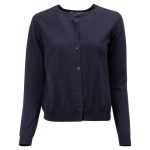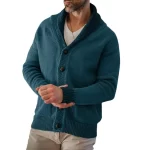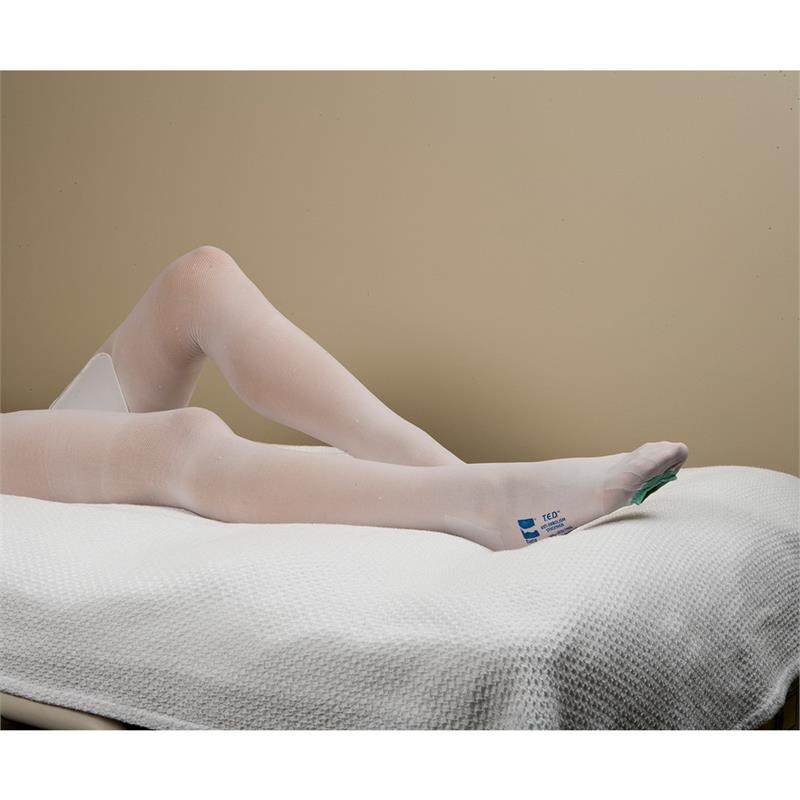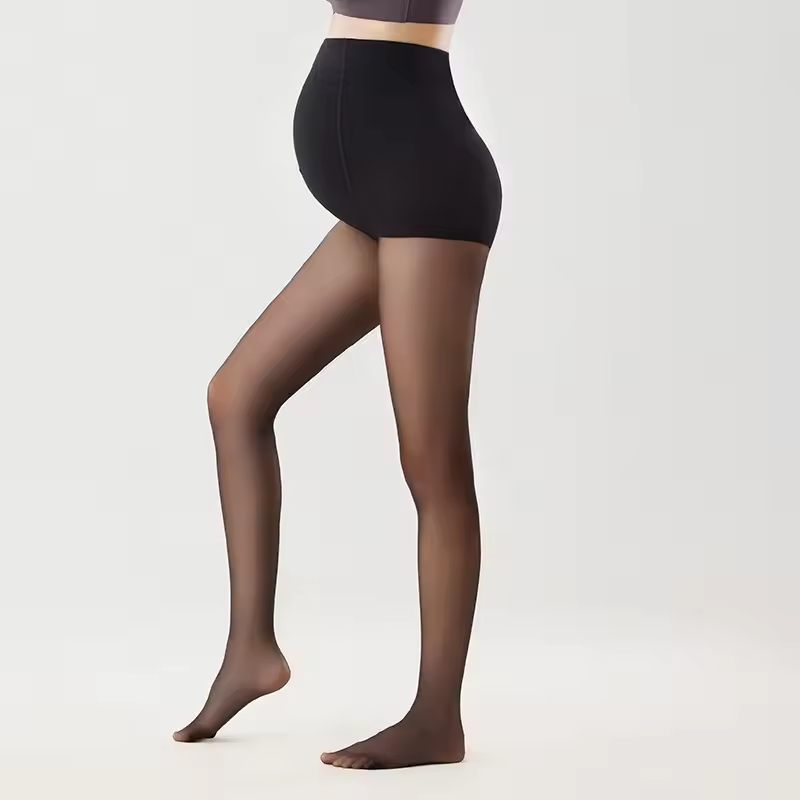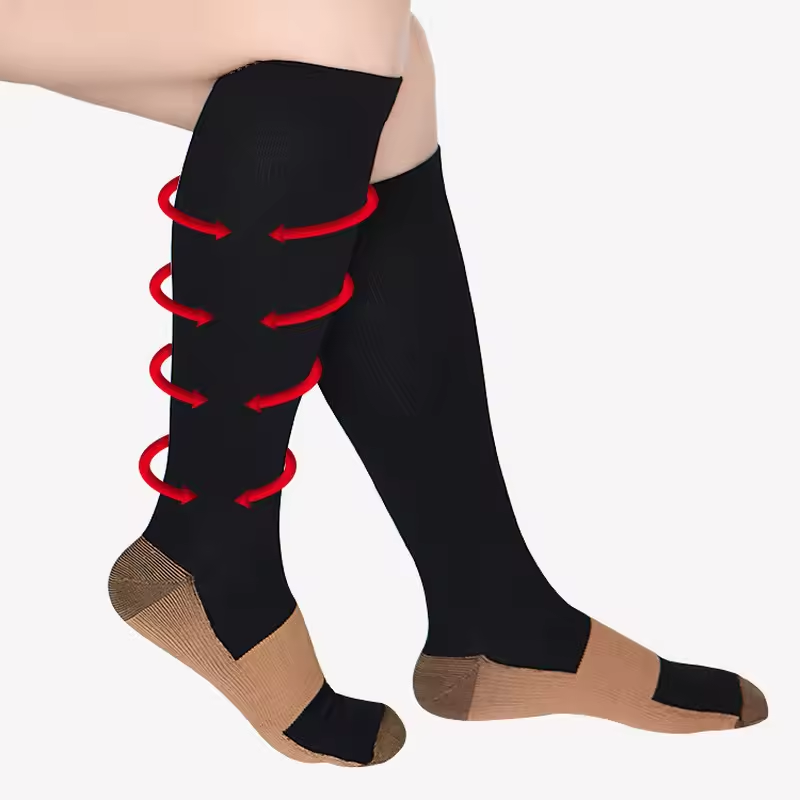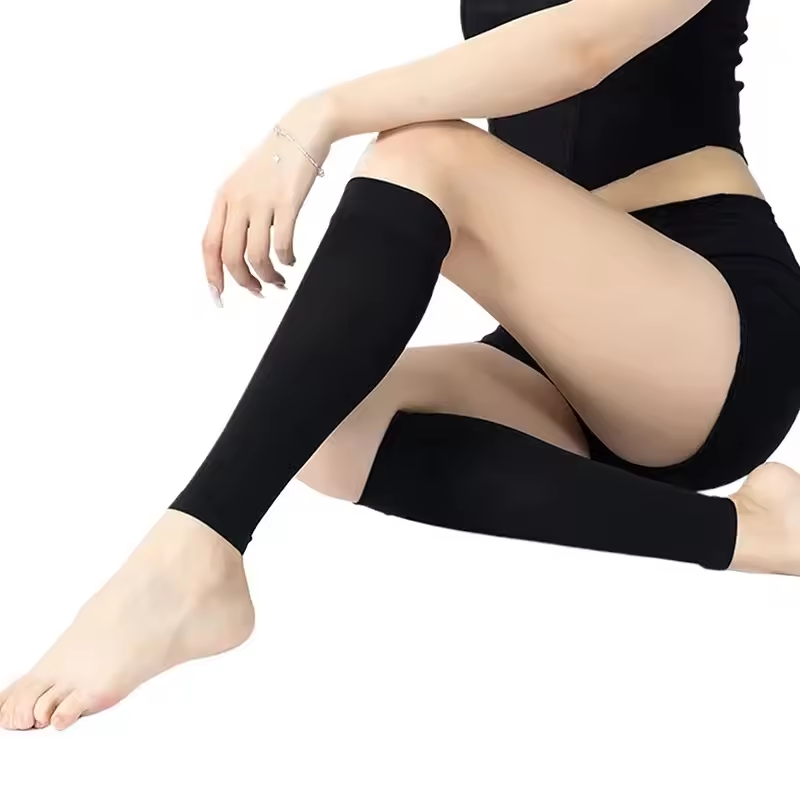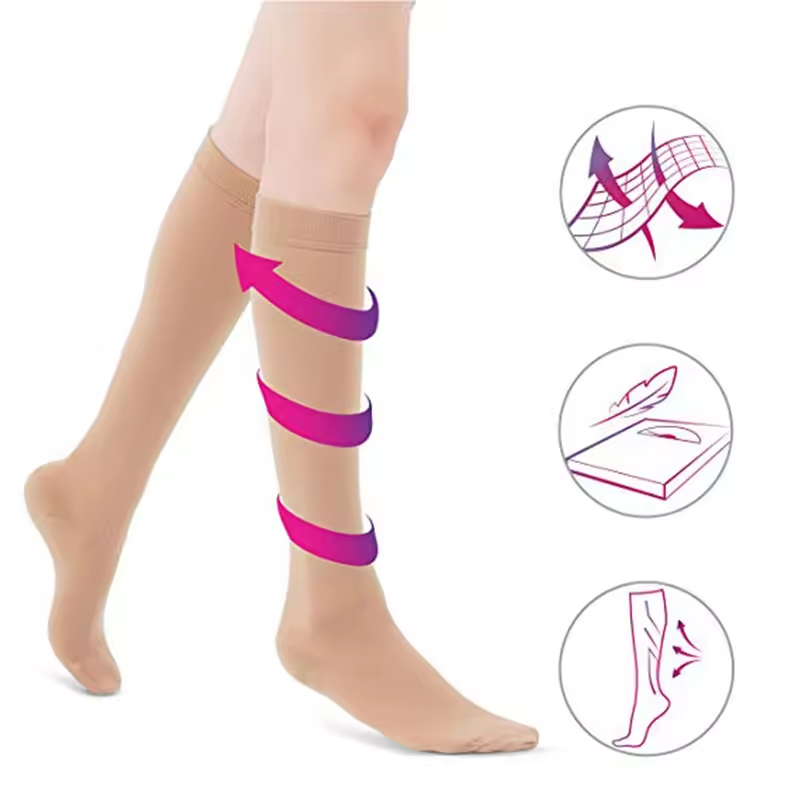TED stockings, also known as anti-embolism stockings, are specialized garments designed to improve circulation and prevent blood clots, particularly in patients who are immobile or recovering from surgery. This article explores the benefits and uses of Covidien TED stockings in detail, outlining their effectiveness, types, proper usage, and considerations for different patient groups.
Introduction to TED Stockings
TED stockings are elastic compression garments that exert pressure on the legs to promote blood flow. They are primarily used in healthcare settings to prevent deep vein thrombosis (DVT) and pulmonary embolism (PE) in patients at risk, such as those undergoing surgery or confined to bed rest. Covidien, a leading medical supplies company, offers a range of TED stockings designed for varying degrees of compression and patient needs.
Benefits of Covidien TED Stockings
The primary benefit of Covidien TED stockings lies in their ability to reduce the risk of blood clots by improving venous blood flow. By applying graduated compression (strongest at the ankle and decreasing towards the thigh), these stockings help prevent blood from pooling in the lower extremities, where clot formation is most likely. This proactive measure significantly lowers the incidence of DVT and PE, which can be life-threatening if not detected and treated promptly.
Types of Covidien TED Stockings
Covidien offers a variety of TED stockings tailored to different patient requirements. These include knee-high, thigh-high, and waist-high stockings, each providing varying levels of compression. Knee-high stockings are commonly used for ambulatory patients or those with mild mobility restrictions, while thigh-high and waist-high stockings are preferred for patients who are bedridden or have severe venous insufficiency.
How Covidien TED Stockings Work
The mechanism of action of Covidien TED stockings involves enhancing venous return by exerting external pressure on the veins and muscles of the legs. This compression helps to squeeze the veins and propel blood upwards towards the heart, counteracting the effects of gravity that can lead to stagnation of blood flow in the lower limbs. The graduated compression ensures that the pressure is highest at the ankles, gradually decreasing towards the top of the stockings, which mimics the natural pumping action of the calf muscles.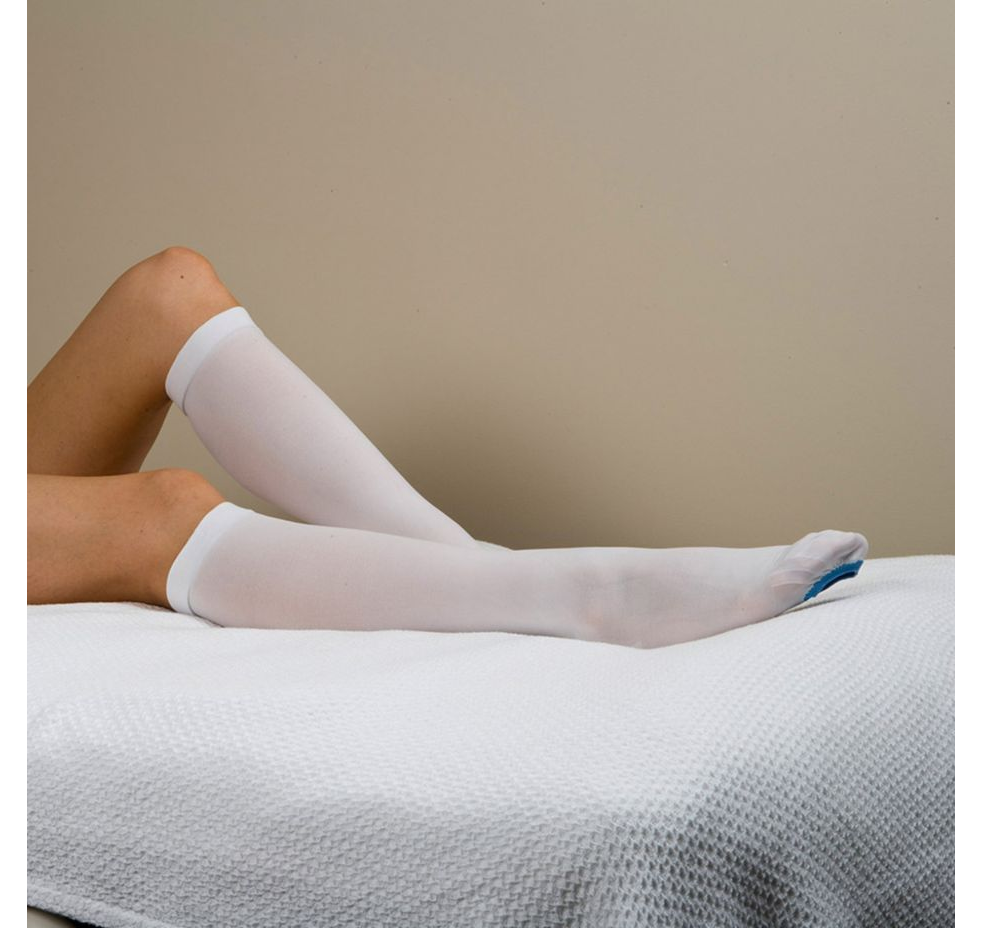
Proper Usage and Application
Proper fitting and application are crucial for the effectiveness of Covidien TED stockings. Healthcare professionals should measure the patient’s legs to ensure the stockings provide the appropriate level of compression without causing discomfort or impairing circulation. It’s essential to instruct patients on how to wear and remove the stockings correctly to maintain their integrity and efficacy. Stockings should be replaced regularly according to manufacturer recommendations to ensure consistent compression and hygiene.
Considerations for Different Patient Groups
Different patient populations benefit from Covidien TED stockings in varying ways. Surgical patients, especially those undergoing orthopedic or abdominal surgeries, are at high risk of DVT due to prolonged immobility and trauma to blood vessels. Elderly patients and individuals with pre-existing conditions such as obesity or cardiovascular disease also benefit significantly from the preventive effects of TED stockings. Pregnant women, particularly those with a history of DVT or varicose veins, may use specialized maternity TED stockings to alleviate symptoms and reduce the risk of complications.
Effectiveness and Clinical Evidence
Clinical studies and meta-analyses have consistently demonstrated the effectiveness of TED stockings in reducing the incidence of DVT and PE among high-risk patient groups. Evidence-based guidelines recommend the use of compression stockings as part of a comprehensive strategy to prevent venous thromboembolism (VTE) in hospitalized patients and those undergoing major surgery. Proper adherence to protocols for measuring, fitting, and monitoring the use of TED stockings enhances their clinical outcomes and patient safety.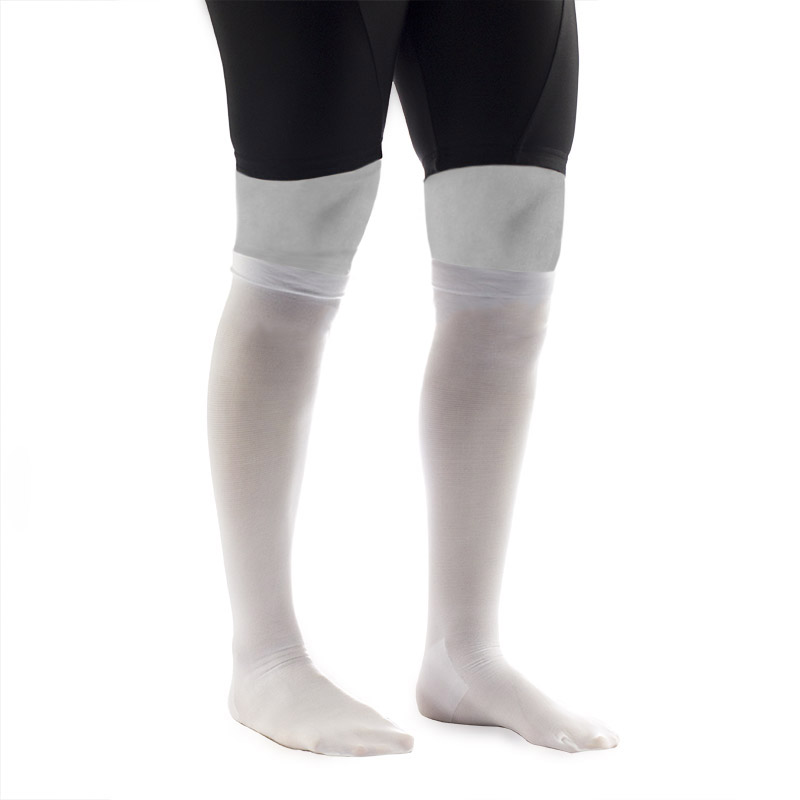
Limitations and Contraindications
While Covidien TED stockings are generally safe and effective, they may not be suitable for all patients. Individuals with severe peripheral arterial disease, congestive heart failure. Or dermatological conditions affecting the skin on the legs, should avoid using compression stockings without medical supervision. Patients with allergies to the materials used in TED stockings or those unable to tolerate the sensation of compression may experience discomfort or adverse reactions. Healthcare providers should assess each patient’s medical history and physical condition before recommending TED stockings.
Patient Education and Compliance
Educating patients about the importance of TED stockings in preventing DVT and PE is crucial for promoting compliance and positive outcomes. Patients should understand how to recognize signs of complications. Such as skin irritation or excessive pressure, and when to seek medical advice. Clear instructions on wearing schedules, care instructions, and follow-up appointments help ensure that TED stockings are used correctly and consistently throughout the prescribed period.
Compliance and Challenges in Clinical Settings
Ensuring patient compliance with wearing TED stockings can be challenging in clinical settings. Patients may find them uncomfortable or difficult to apply, particularly if they have limited mobility or dexterity. Healthcare providers should address these concerns by offering practical solutions, such as demonstrating proper application techniques. Providing assistance when needed, and using stocking applicators or aids to simplify the process.
Innovations and Advances in TED Stocking Technology
Advancements in textile technology have led to innovations in TED stockings, improving comfort and effectiveness. Modern materials offer breathable fabrics that enhance patient comfort and reduce the risk of skin irritation. Some TED stockings incorporate antimicrobial properties to minimize the risk of infection. Making them suitable for long-term use in hospitalized patients or those with compromised immune systems.
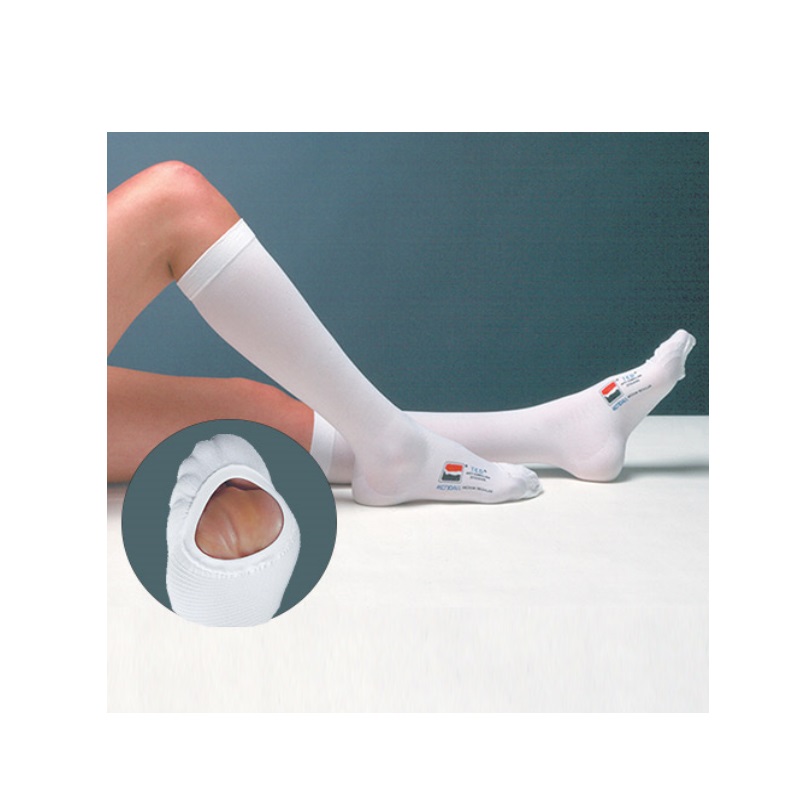
Cost-effectiveness and Economic Considerations
While TED stockings consider cost-effective in preventing costly complications such as DVT and PE. Their initial purchase and ongoing replacement costs should factor into healthcare budgets. Healthcare administrators may explore bulk purchasing agreements or negotiate pricing with suppliers to optimize resource allocation without compromising patient care.
Global Perspectives on TED Stocking Utilization
The use of TED stockings varies globally, influenced by healthcare practices, cultural norms, and healthcare system resources. In some regions, TED stockings are routinely use in surgical and critical care settings. Whereas in others, their adoption may limit by availability or awareness. Continued education and advocacy for evidence-based practices are essential to standardizing their use and improving patient outcomes worldwide.
Future Directions and Research Opportunities
Future research in TED stockings could focus on optimizing compression profiles, evaluating patient-centered outcomes such as comfort and adherence. And exploring the role of digital health technologies in monitoring usage and effectiveness remotely. Longitudinal studies assessing the long-term benefits and economic impact of TED stockings across diverse patient populations could further inform clinical guidelines and healthcare policies.
Conclusion
In conclusion, Covidien TED stockings play a vital role in reducing the risk of venous thromboembolism in high-risk patient populations. Their graduated compression design improves venous blood flow, thereby preventing blood clots that can lead to serious complications. Healthcare providers should carefully assess patient needs, select appropriate stocking types, and provide comprehensive education on usage and monitoring. By integrating TED stockings into standard preventive care protocols, healthcare facilities can enhance patient safety and optimize clinical outcomes.
Covidien TED stockings represent a cornerstone in venous thromboembolism prevention, offering healthcare providers a practical. And effective tool to mitigate the risk of life-threatening complications in high-risk patients. By leveraging advancements in materials science, patient education strategies, and healthcare system integration. TED stockings continue to evolve as an integral component of comprehensive VTE prophylaxis protocols.



